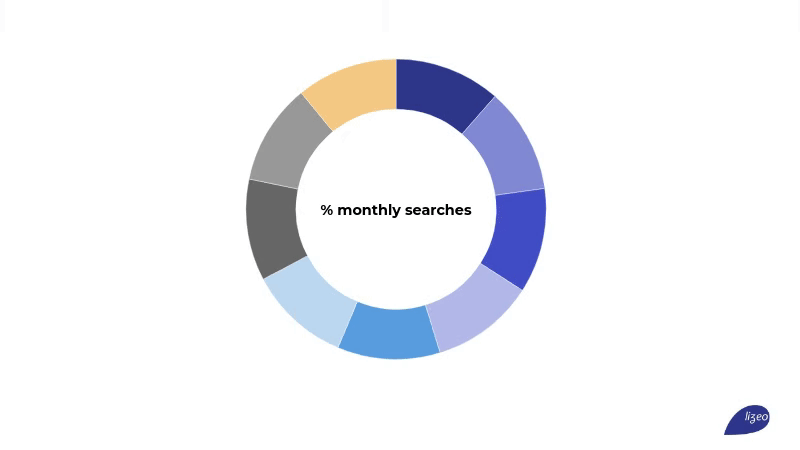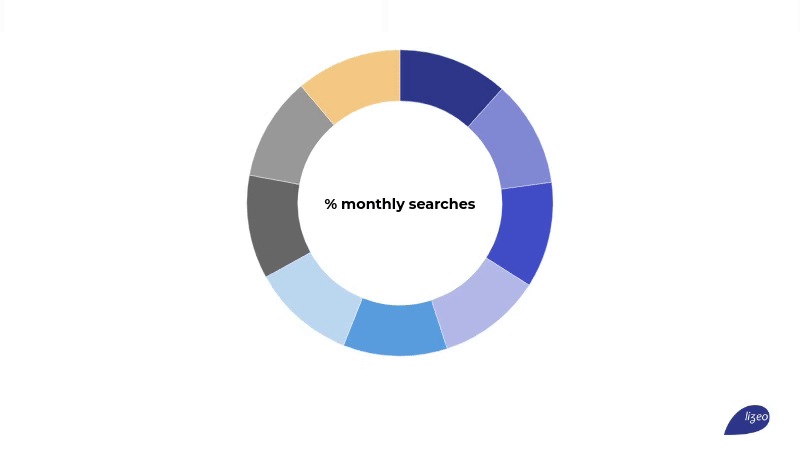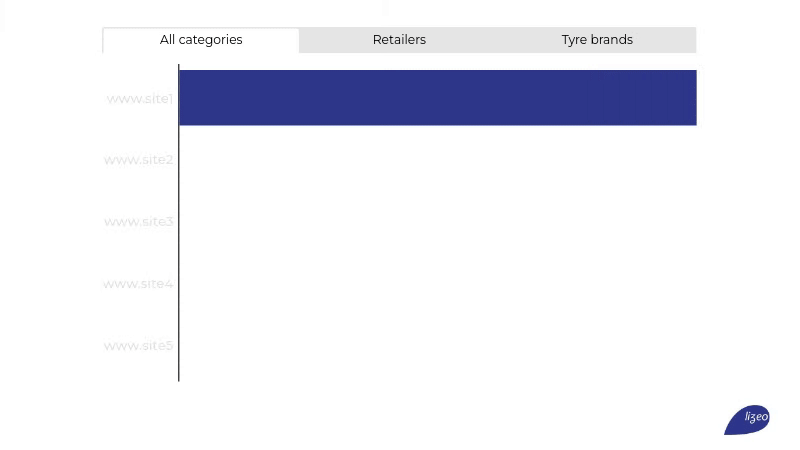Data Blog by Lizeo

Lizeo, leader in online data in the tyre industry and publisher of the tyre comparison website rezulteo, regularly analyzes the searches carried out by consumers on the Internet when they want to change their tyres and when they are looking for tyres adapted to their needs.
Analyzing online searches gives us a better understanding of consumers, the questions they ask themselves before fitting new tyres for their vehicles, and the criteria they put forward in their search.
The aim is to identify the main online tyre search patterns, to identify the main digital touchpoints (sellers, prescribers or tyre brands) and also to reveal emerging trends in the long tail of searches.
The challenges faced by tyre manufacturers include:

The method is then divided into 5 key steps:
Selecting the keywords that make up the lexical universe requires specific knowledge of tyres and their market. Once the lexical universe has been refined, the search queries are categorized in order to classify the intentions of Internet users.
We extract search volumes for each keyword on Google.
This stage enables us to retrieve the Google results for each keyword or query. Our method enables us to calculate potential traffic for each site.
Ranking and classification of the 100 best-performing sites, in terms of estimated number of clicks.
Each of the sites in this top list is then analyzed and categorized according to its purpose for the consumer, providing an essential element in our analysis.


Some insights:
The study reveals that 24% of searches are targeting a location, a proximity, which means that people in the UK are primarily looking for a place or solution close to home that can meet their needs.


Some insights:


Some insights:
© Lizeo Group 2024, all rights reserved